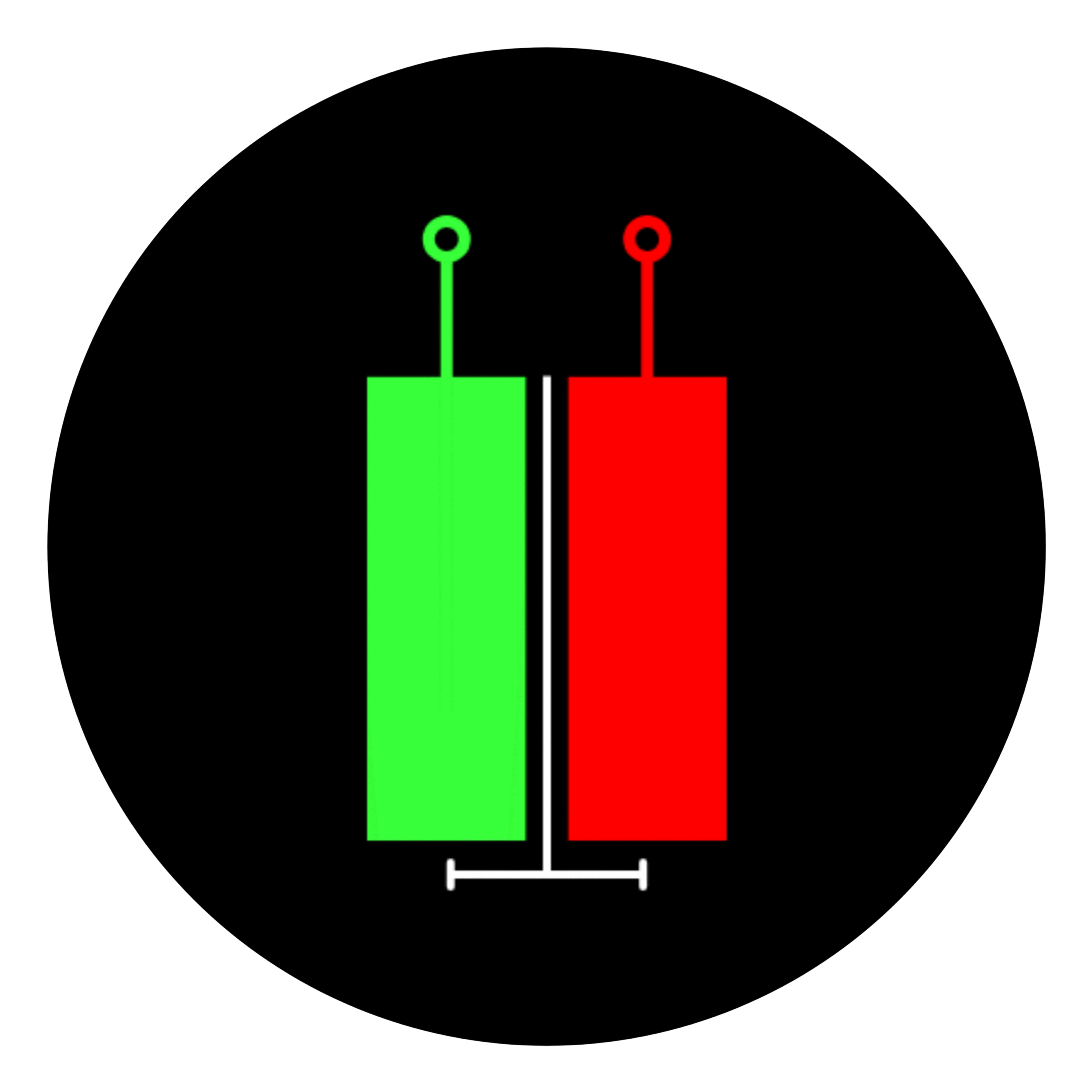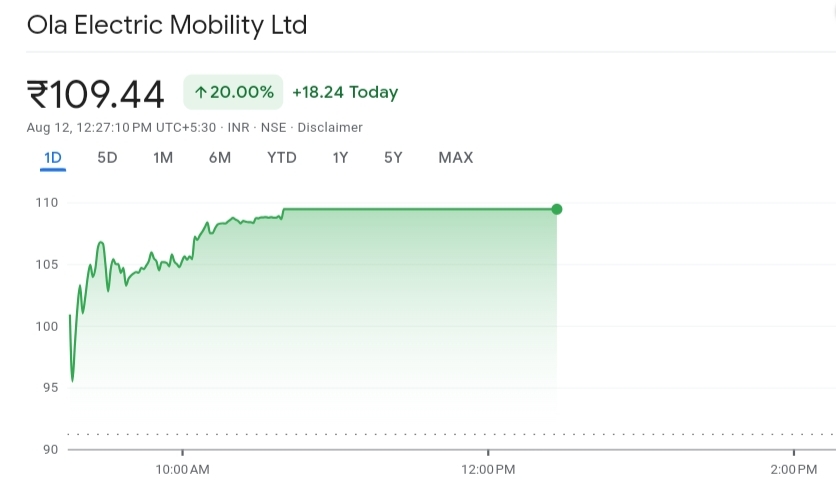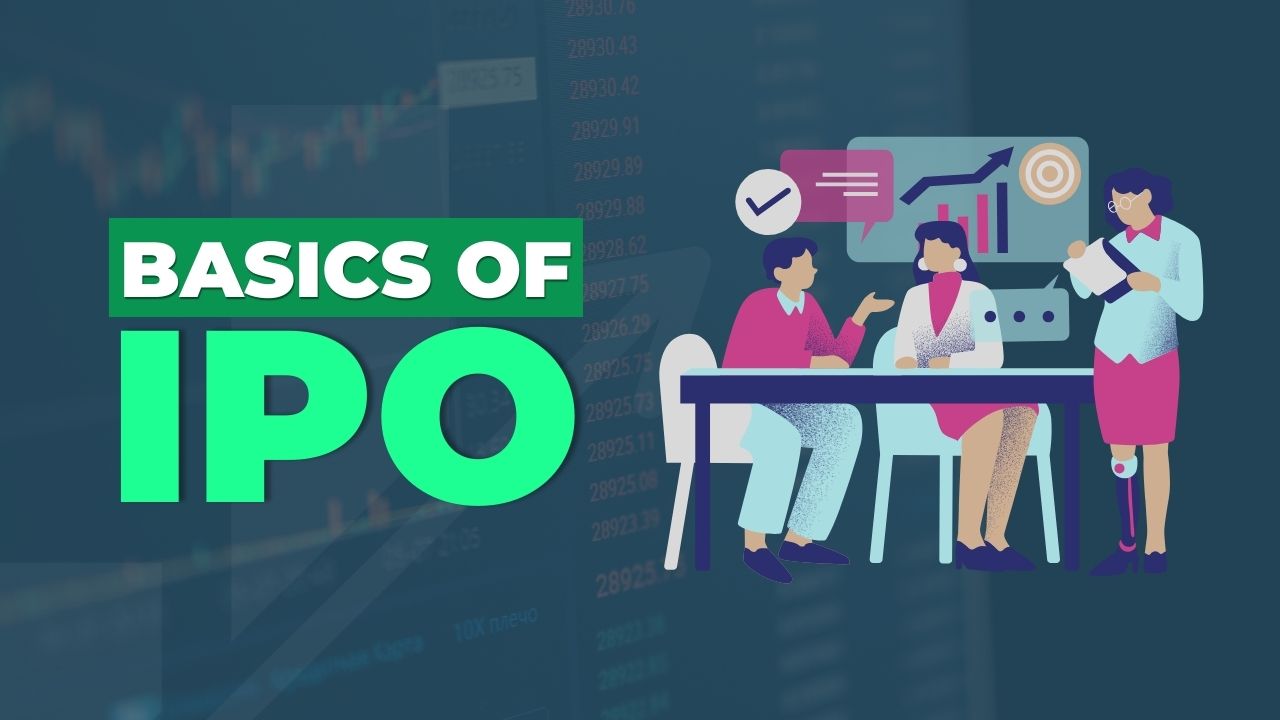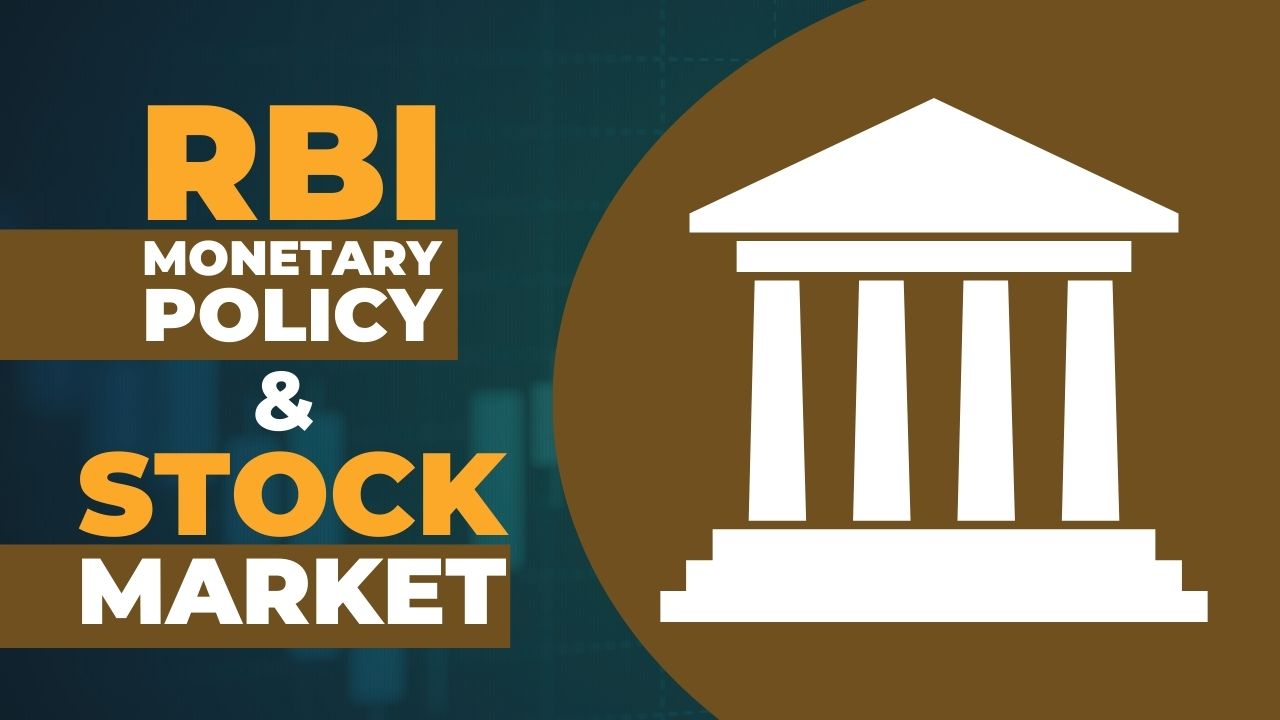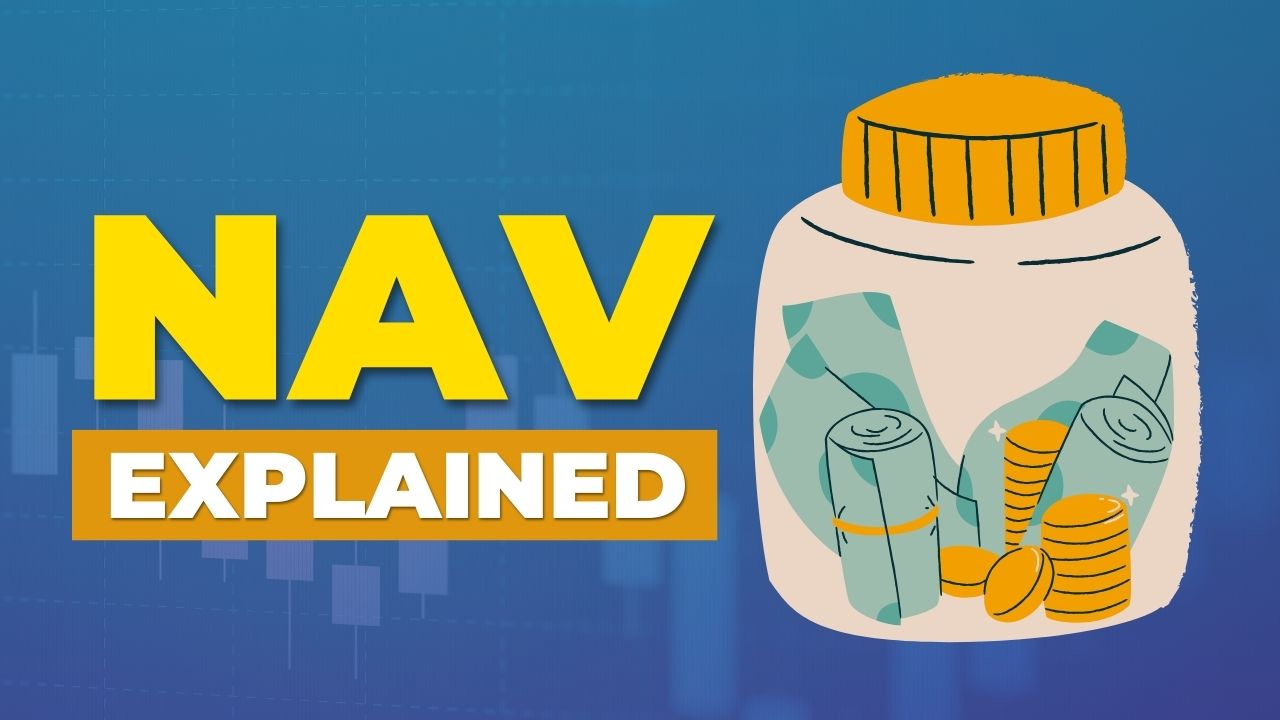Net profit is an important term in business, but it can sound a bit confusing at first. Knowing what net profit is and how to calculate it can give us a clearer picture of a business’s financial health. In this article, we will understand the whole concept in a very simple way.
Let us first understand what profit means.
Profit is simply the extra money you earn after deducting your expenses.
How do you find profit?
Profit is calculated by subtracting total expenses from total revenue. The formula is:
Profit = Revenue – Expenses
If the result is positive, it’s a profit. If it’s negative, it’s a loss. This helps you understand if a business is earning or losing money.
Table of Contents
What is Net Profit?
Net profit is the amount of money that remains after all the expenses and taxes. It is also known as net income. It’s the final profit figure that shows how much money a business actually makes after covering all its costs. Net profit is often called the bottom line because it’s the final number on an income statement.
How to Calculate Net Profit?
Let us understand it through two easy examples.
Example 1:
Imagine you run a small bookstore. You sell 100 books at ₹200 each. Your total revenue would be ₹20,000.
- Cost of Goods Sold (COGS): These are the direct costs of the products you’re selling. For your bookstore, this would include the cost of purchasing the books.
Example: If you spend ₹10,000 on purchasing the books, your COGS is ₹10,000.
- Gross Profit: This is what you get when you subtract COGS from total revenue.
Calculation: Total Revenue (₹20,000) – COGS (₹10,000) = Gross Profit (₹10,000).
- Operating Expenses: These are the costs of running your bookstore that aren’t directly related to buying the books. This includes things like rent for your bookstore, electricity bills, and salaries if you pay any staff.
Example: If you spend ₹3,000 on rent and ₹2,000 on electricity, your total operating expenses are ₹5,000.
- Operating Profit: This is what you get when you subtract operating expenses from gross profit.
Calculation: Gross Profit (₹10,000) – Operating Expenses (₹5,000) = Operating Profit (₹5,000).
- Other Income and Expenses: These might include additional earnings from other sources like interest on loans 9if you have given any).
Example: If you earned ₹1,000 from a small investment and paid ₹500 in interest on a loan, your net other income is ₹500 (₹1,000 – ₹500).
- Net Profit: This is the final profit after all expenses have been deducted from all income.
Calculation: Operating Profit (₹5,000) + Net Other Income (₹500) = Net Profit (₹5,500).
Example 2:
Suppose you have a small bakery.
Total Revenue: You make ₹5,00,000 in a month from selling cakes and cookies.
Cost of Goods Sold (COGS): You spend ₹2,00,000 on ingredients like flour, sugar, and butter.
Gross Profit: ₹5,00,000 (Total Revenue) – ₹2,00,000 (COGS) = ₹3,00,000.
Operating Expenses: You spend ₹1,20,000 on rent, utilities, and wages.
Operating Profit: ₹3,00,000 (Gross Profit) – ₹1,20,000 (Operating Expenses) = ₹1,80,000.
Other Income/Expenses: You earn ₹10,000 from a catering event and pay ₹5,000 in interest on a loan.
Net Profit: ₹1,80,000 (Operating Profit) + ₹5,000 (Net Other Income) = ₹1,85,000.
So, your bakery’s net profit for the month is ₹1,85,000. This means after covering all costs, your bakery actually made ₹1,85,000.
Why is Net Profit Important?
- True Profitability: Net profit shows the true profitability of a business. It’s the actual profit after all costs are considered.
- Business Health: A positive net profit means the business is making money, which is a good sign of health and sustainability.
- Investor Attraction: Investors look at net profit to determine if a business is a good investment. A higher net profit means more potential for returns on their investment. Knowing the net profit helps investors make informed decisions.
What is the difference between Net Profit and Revenue?
- Revenue is the total amount of money a business earns from selling its products or services before any expenses are taken out. It’s often referred to as the top line because it appears at the top of the income statement.
- Net profit, on the other hand, is the amount of money that remains after all expenses have been deducted from the revenue. This includes costs like materials, salaries, rent, and utilities. Net profit is often called the bottom line because it’s what’s left over at the bottom of the income statement after all costs are considered.
What is the difference between Gross Profit and Net Profit?
- Gross profit is the amount of money left after subtracting the cost of goods sold (COGS) from total revenue. COGS includes direct costs like materials and labor used to produce the products or services sold.
- Net profit is the amount of money left after subtracting all expenses (COGS, operating expenses, taxes, etc.) from total revenue.
While gross profit gives a snapshot of the efficiency in production, net profit provides a comprehensive picture of overall profitability after all costs.
Is Net Profit added to Capital on a balance sheet?
Yes, net profit is added to the equity section of the balance sheet. When a company earns a net profit, this amount is added to the retained earnings, which is part of the owner’s equity. Retained earnings represent the accumulated net profit of a company that has been reinvested in the business rather than distributed to shareholders as dividends. This increase in retained earnings boosts the overall equity of the company.
Conclusion
Net profit is an important measure of a business’s financial performance. It tells you how much money the company is actually making after paying for everything. Understanding net profit helps investors make smart decisions.
Is net profit always equal to gross profit?
No, net profit is not always equal to gross profit.
Are net income and net profit the same?
Yes, net income and net profit are the same. Both terms refer to the amount of money that remains after all expenses have been deducted from total revenue.
